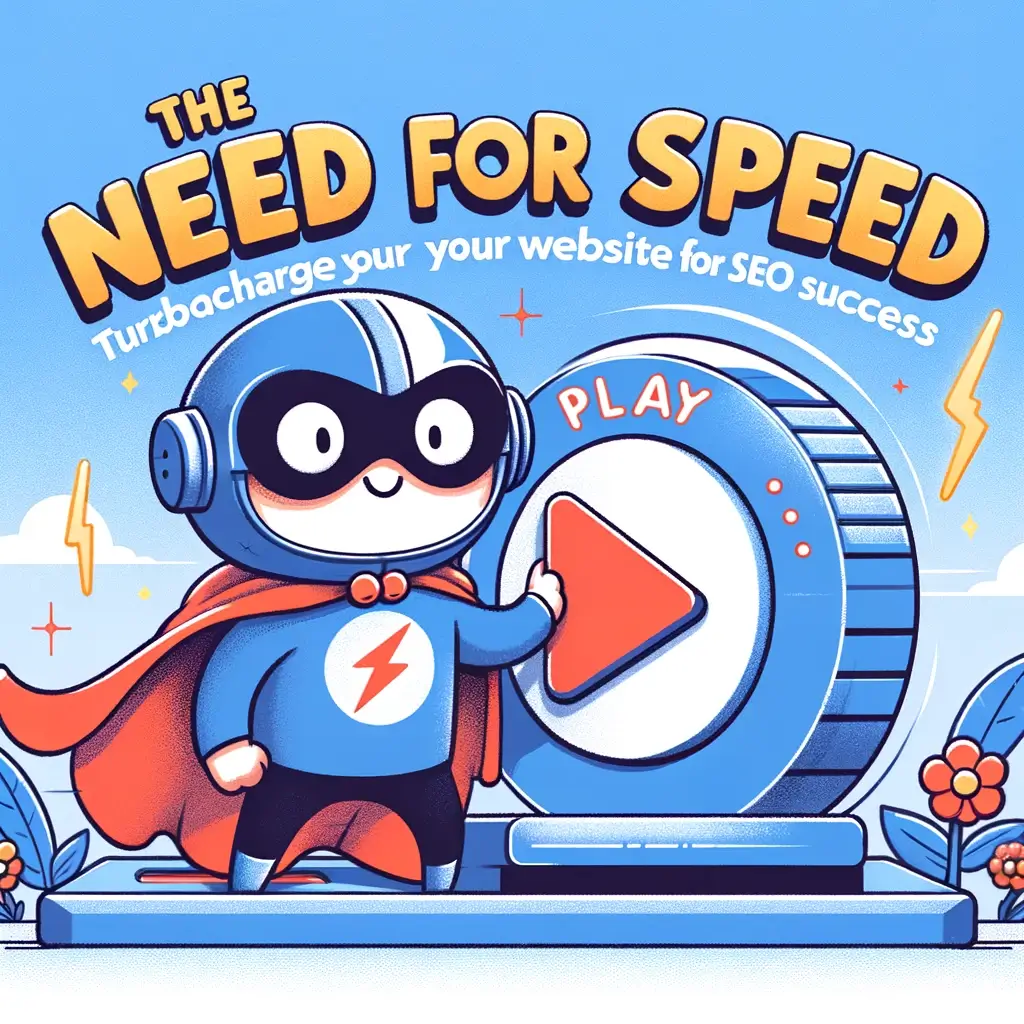Unlock the secrets of SEM and propel your business to new heights! Discover three fundamental strategies in Chapter 2 of our SEM series, designed to enhance your online presence, boost conversions, and drive success. Dive in and transform your digital marketing game now! 🚀💼🌐
2.1 The Role of Keywords in SEM
Welcome back to our digital marketing deep dive! Today, in our SEM saga, we’re cracking the code on one of SEM’s biggest players: Keywords. 🌟
What Are Keywords and Why Are They SEM Rockstars? 🎸
First off, let’s define ‘keywords.’ These are the terms and phrases that users enter into search engines when they’re looking for information, products, or services. In the world of SEM, keywords are like your GPS; they guide your ad campaigns to success.
Keywords connect you with your audience. It’s like having a coffee date with someone who’s looking for exactly what you offer. When your ad aligns with a user’s search query, it’s a match made in marketing heaven! This relevance is crucial because:
- It drives qualified traffic to your site.
- It increases the likelihood of conversion.
Types of Keywords: The SEM Spectrum 🌈
- Broad Keywords: These are general terms, like ‘shoes’ or ‘coffee machines.’ They have a high search volume but also high competition and lower conversion rates.
- Long-Tail Keywords: More specific phrases, like ‘women’s waterproof hiking shoes’ or ‘single-serve espresso coffee machines.’ They attract less traffic but have higher conversion rates and lower competition.
- Negative Keywords: These help filter out irrelevant traffic by excluding terms that don’t align with your product, like ‘free’ or ‘cheap’ if you’re selling premium products.
Keywords in Action: Crafting Campaigns that Click 🎯
Once you’ve identified your keywords, it’s time to put them to work in your SEM campaigns. This includes:
- Crafting Ad Copy: Use keywords in your ad headlines and descriptions. Make them catchy and relevant.
- Optimizing Landing Pages: Ensure your landing pages align with the keywords in your ads. Consistency is key to a higher Quality Score in Google Ads.
- Bid Strategically: Higher bids on specific, high-converting keywords can be more profitable in the long run.
Remember, keywords are more than just words; they’re the bridge that connects your brand to your audience. They’re the heroes of your SEM story, so choose them wisely, nurture them with data, and watch them work wonders for your campaigns!
2.2 Understanding Search Engine Algorithms
Imagine search engines as librarians of the digital world. They sort through billions of web pages to find the most relevant and useful ones for every search query. But how do they decide what’s relevant? Enter search engine algorithms.
The Core of Search Engine Algorithms: Relevance, Authority, and User Experience
- Relevance: This is all about how well your content matches the search query. It’s not just about having the right keywords (though that’s crucial); it’s also about the context and quality of your content.
- Authority: Search engines gauge this by looking at factors like backlinks from reputable sites. Think of it as a popularity contest where every link to your site is a vote of confidence.
- User Experience: Fast loading times, mobile-friendliness, and easy navigation are key. If users love your site, search engines will too!
Navigating search engine algorithms can feel like dancing to a tune that’s constantly changing. But remember, the core principles remain the same: relevance, authority, and user experience. Master these, and you’ll be in step with the rhythm of SEM success. 🚀
2.3 Components of an Effective SEM Campaign
After exploring keywords and search engine algorithms, let’s piece together the blueprint for an effective SEM campaign. 🛠️📈
The Building Blocks of a Stellar SEM Campaign
An SEM campaign is like a gourmet dish; it requires the right ingredients, precise measurements, and expert timing. Let’s break down these essential components:
1. Clear Objectives and Goals 🎯
- Define What Success Looks Like: Are you aiming for increased traffic, lead generation, or sales? Your goals determine your strategy.
- Set Measurable Targets: Think in terms of conversion rates, click-through rates, and return on ad spend (ROAS).
2. Comprehensive Keyword Research 🔍
- Blend of Keyword Types: Use a mix of broad, long-tail, and negative keywords for a well-rounded strategy.
- Ongoing Optimization: Regularly update your keyword list based on performance and market trends.
3. Compelling Ad Copy ✍️
- Attention-Grabbing Headlines: Make the first impression count.
- Benefits-Focused Content: Highlight what you offer and why it’s unique.
- Strong Call-to-Action (CTA): Encourage users to take the next step, whether it’s making a purchase, signing up, or learning more.
4. Optimized Landing Pages 🌐
- Relevance to Ad Content: Ensure a seamless transition from ad to landing page.
- User-Friendly Design: Focus on readability, navigation, and speed.
5. Strategic Bidding and Budgeting 💰
- Understand Bidding Options: Familiarize yourself with cost-per-click (CPC), cost-per-thousand-impressions (CPM), and other bidding strategies.
- Allocate Budget Wisely: Balance between competitive keywords and those that offer good ROI.
6. Targeting and Audience Segmentation 🎯
- Geo-Targeting: Reach audiences in specific locations.
- Demographic and Psychographic Targeting: Tailor your campaign to specific age groups, interests, behaviors, etc.
7. Continuous Testing and Analytics 📊
- A/B Testing: Experiment with different ad copies, landing pages, and CTAs to see what works best.
- Data Analysis: Use tools like Google Analytics to track performance and gain insights.
An effective SEM campaign is a symphony of well-coordinated components, each playing its part in harmony. By focusing on these essential elements, you can create campaigns that not only resonate with your target audience but also achieve tangible results.
Ready to put these components into action? Stay tuned for our next chapter, where we’ll explore the nuances of tracking and measuring SEM campaign success. Until then, happy campaigning! 🌟🚀








Leave a Reply